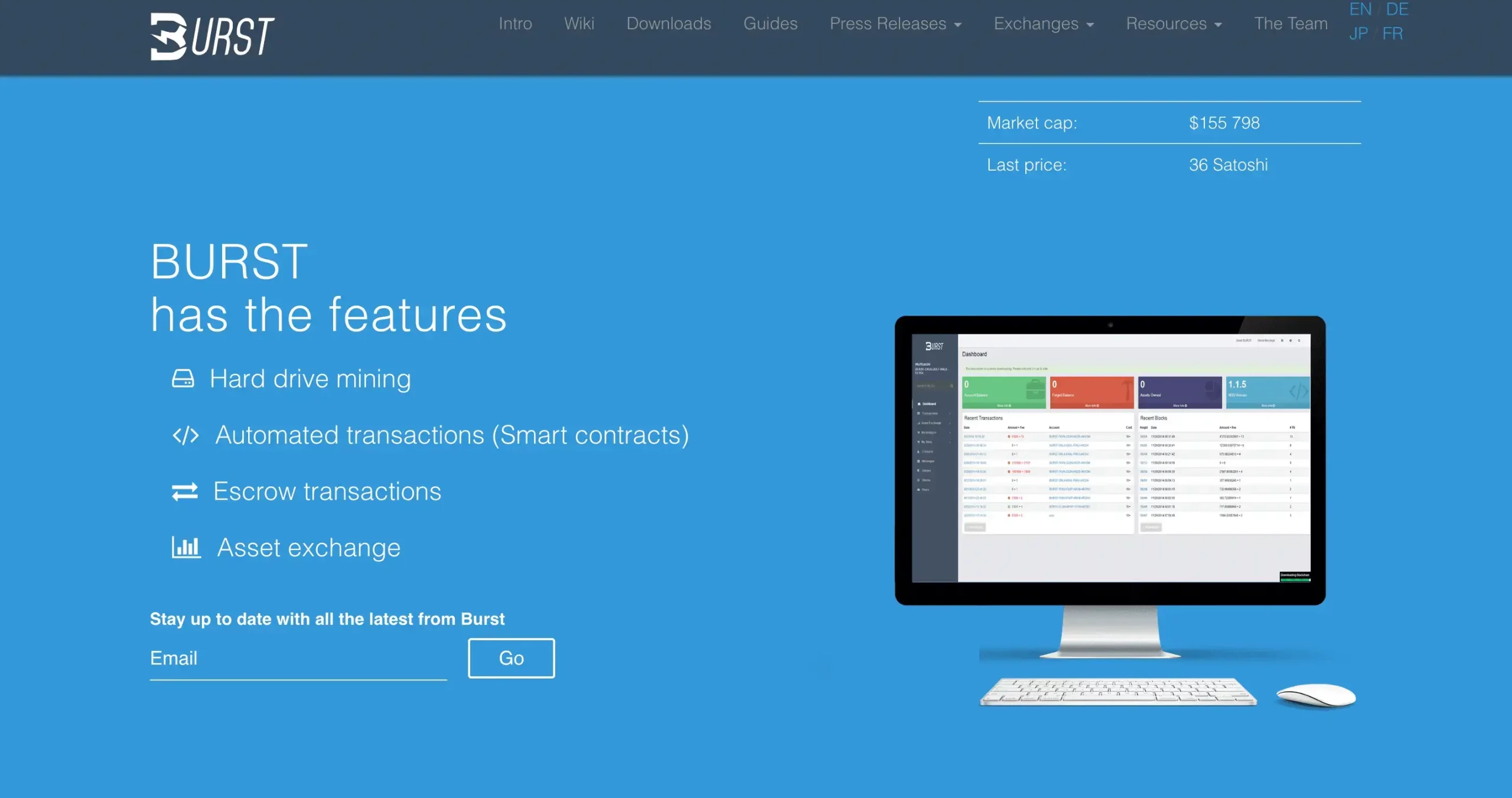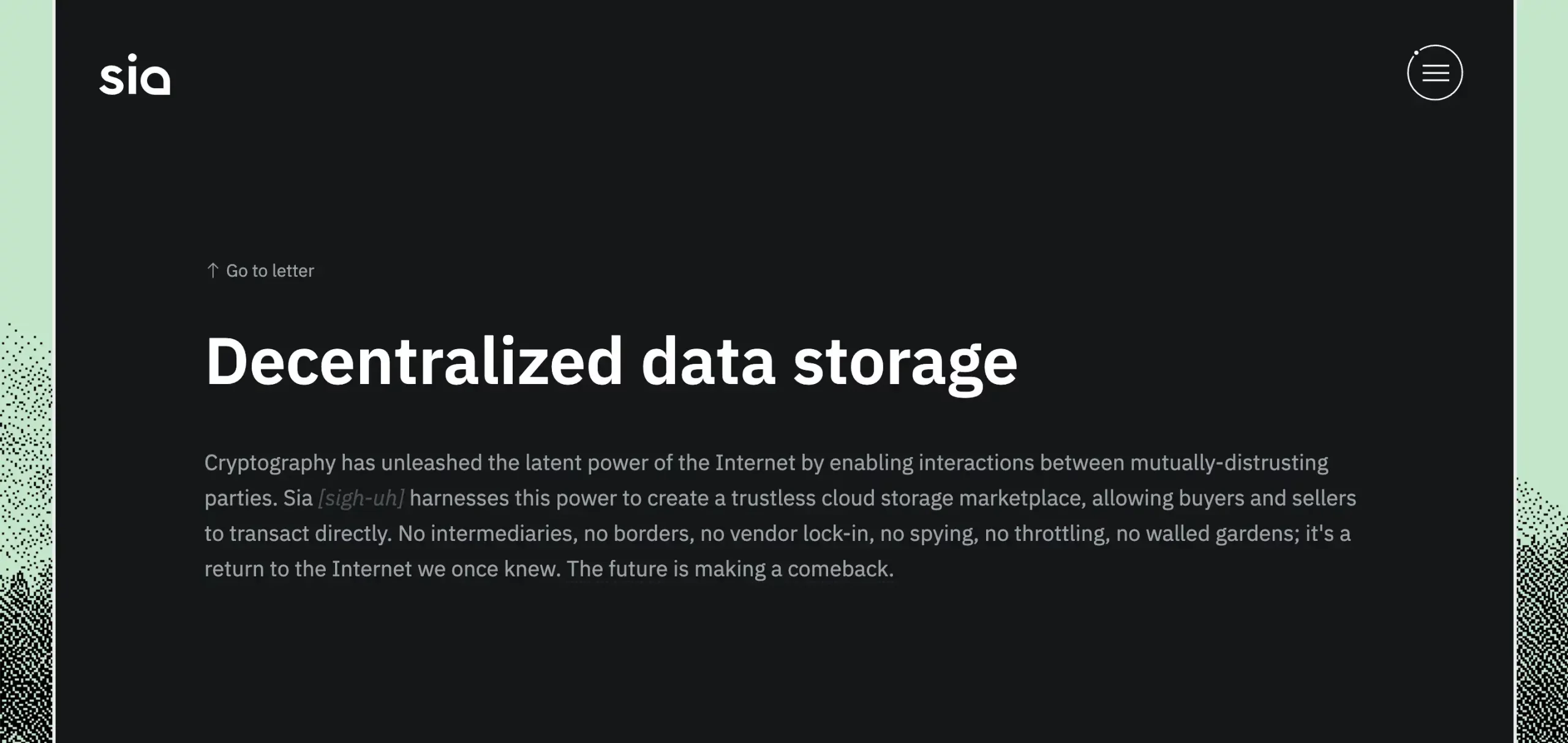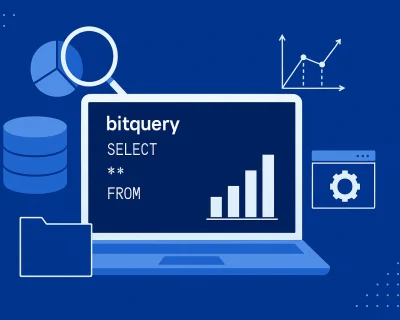Hard Drive Mining | Your Comprehensive Guide
Table of contents
In recent years, crypto mining has impacted the environment, especially the carbon footprint and excessive electricity waste, but this is not something to look over. Instead, cryptocurrency mining should approach different methods of addressing these issues. Indeed, Ethereum has moved from the PoW to PoS, and this is a developing step, but another solution might be hard drive mining.
Well, this is precisely what we will discuss in today’s article. We will explain hard drive mining, how it works, and what processes are involved when creating new cryptocurrencies through this alternative method. Yet, we must start with the basics first, so let’s find out what crypto mining is to understand the full implications better.
What is Cryptocurrency Mining?
Crypto mining is a process that involves solving math puzzles using computational power or mining machines. By nature, these somewhat complicated math puzzles are an alphanumeric string of characters attributed to the block. In short, cryptocurrency mining is validating transactions within a blockchain, thus generating new coins. Usually, this series of actions involves using mining machines alongside decentralized networks of computers worldwide that verify and secure the blockchains, often called distributed ledgers.
Also, if you want a more in-depth cryptocurrency mining beginners’ guide, we’ve got you covered!
How Does Mining Cryptocurrency Work?
Well, what motivates miners to join this, you may ask? Crypto miners are rewarded with new coins once they finish validating a block, often called the network fee or block reward. This cycling process can be easy to remember:
- Miners maintain the integrity of the blockchains validating transactions.
- In return, the currency provides an incentive for the miners to keep the blockchain.
Depending on the mining protocol, the miner will require hardware machines to validate transactions.
In theory, crypto mining may sound simple. Still, in practice, you must consider many factors, such as hash power, mining difficulty, the block reward, storage device, and the specific digital currency.
For example, mining Bitcoin can be done in three ways: mining pool by joining resources with others, individual mining, where you will need all the tech gear and the processing power, or cloud mining without owning any mining equipment.
But, in the past years, traditional mining farms have been making the headlines as they negatively impact the environment, specifically on the energy-intensive employed by Bitcoin mining, as it uses Proof of Work, and the carbon footprint leading to unsustainable mining practices.
On the other hand, since 2022, Ethereum has switched to Proof of Stake as a more secure and energy-efficient way to validate transactions and add new blocks to the blockchain network, thus, giving us hope that things could change for the better.
Crypto Mining Protocols
A blockchain protocol, also known as a consensus method, is a system that manages how consensus reaches and validates the transactions within a blockchain network. There are various protocols, some requiring physical mining equipment, while you just need to hold the coins in an active wallet.
Proof of Work
Proof of Work is a mining protocol used by Bitcoin, which also requires a lot of mining power to compute the algorithms. Depending on the network’s mining difficulty, such mining requires setting up physical hardware rigs made out of ASIC miners or graphic cards.
Proof of Stake
Proof of Stake does not require physical hardware. Instead, it produces new coins through staking, a process in which the network users hold their coins, leaving their computers on. Staking rewards are new coins generated by minimum computing power.
Proof of Capacity
Proof of Capacity is a consensus algorithm that uses hard drives and storage instead of ASIC miners to verify transactions, and that’s why this consensus model is often used for hard drive mining. It stores all the possible combinations on the mining storage devices, even before the mining starts.
This mining system consists of two parts: plotting and mining.
Plotting is when you generate a random solution, or a plot, via the Shabal cryptographic algorithm that is then stored on the miner’s hard drive. The mining involves miners competing to find the solution, and the first miner who manages to find it first gets to mine the next block. As a means of this proof, miners share their free disk space to create new mining blocks and receive a mining reward.
Proof-of-Space
Proof-of-Space, also known as proof-of-storage or PoS, uses free disk space like PoC, but this protocol uses the free memory space to create decentralized cloud storage instead of generating new data blocks.
In this storage system, users rent their HDD space to other users and disk space owners can mine cryptocurrency using the blockchain’s resources. Unlike PoC blockchains, PoS blockchains give cryptocurrency mining rewards using the monthly payments received from space renting services.
Of course, there are many other mining protocols, but we have only showcased the most popular ones and the one that is relevant to our guide.
What Is Hard Drive Mining?
Hard drive mining is a way of generating cryptocurrency using the storage space of hard disk drives. HDD miners do not require graphics processing units (GPUs) or ASIC miners, like in traditional mining farms, to produce new blocks in the distributed ledger. Instead, this method uses a set of hard disk drives and unused storage space, also known as proof of capacity.
Practically any device with loads of storage space can be used in HDD mining, as it needs less computational power than the Proof of Work, thus using less energy in the long term. New data blocks are generated when miners use their hard disks in the distributed ledger and, accordingly, get rewarded.
How Does Hard Drive Mining Work?
Regarding setup and maintenance, HDD mining rigs are based on different principles than traditional mining farms. To create an HDD farm, you will need a couple of hard disks, a computer with a display monitor, and the input devices such as a keyboard and mouse.
What sets this type of cryptocurrency mining apart is that it doesn’t need any powerful GPU or central processor unit (CPU). The essential features of the hard drives that will influence the mining results are the hard disk’s capacity and performance. When you use separate graphics processing units, you can also use a motherboard or CPU built-in GPU to mine with your hard disk.
Plotting
Plotting is crucial in hard disk drive (HDD) mining. Plotting refers to creating pre-generated data blocks, known as plots, on the hard drive. These plots contain information for mining digital assets, such as cryptocurrencies. The plots are generated using specific plotting software that utilizes the available storage space on the HDD.
Set who will receive the reward
After pre-generating the plots, you must set who will be rewarded for creating new data blocks. When solo mining, you are the recipient of the reward. If you mine using a pool, the reward beneficiary is the pool’s wallet address.
Mining
After you have generated your plots and saved them on your hard disk drive, you can start your mining software. The software will analyze your data and calculate the required time to generate the current data block. When the system decides on a deadline, your HDD will be idle until the next block is generated.
The best thing about hard drive mining is that your HDD remains idle most of the time, as the number of blocks stays mostly the same, and analysis for each block only takes a few seconds.
Advantages and Disadvantages of Hard Drive Mining
Even though hard disk mining is simple and eliminates electricity waste, there’s a long road ahead; even though its perks are apparent, we must see what the future holds.
As mentioned, any device with unused hard drive space can be utilized, thus more energy efficient and less computational power used, as seen in PoW. Yet, using hard drives to mine is being less adopted in the crypto market while decreasing profitability, which might be one of the motives of crypto miners not using it.
While hard drive mining has advantages and disadvantages, it would be prudent to await wider adoption of this consensus algorithm by more cryptocurrencies. By expanding to additional users and blockchain networks, we can better understand the benefits and drawbacks of hard drive mining.
Advantages of Hard Drive Mining
- You do not have to purchase expensive motherboards with a large number of PCI slots;
- No need for costly GPUs or ASICs;
- Software installation and configuration are simple;
- No hardware setup process;
- HDDs require less energy to process new blocks than other mining hardware;
- Less heat and, therefore, no need for cooling devices to keep the equipment temperature stable.
Disadvantages of hard drive mining:
- Second-hand hard disk drives are not easy to find;
- HDDs have a lifecycle of around 10,000 hours;
- The mining process takes more time to mine the same amount of coins you would mine with GPUs;
- You mine fewer coins than you would with GPUs.
Why not use SSD?
Some might think that solid-state drives (SSDs) might speed up the data block generation process, but the storage device’s performance doesn’t influence the reward of hard drive mining.
Solid-state drives will only finish the initial plotting process faster, but the mining will still be the same. Also, SSDs have a much shorter service life than hard disk drives, while each gigabyte will cost more.
Hard Disks Mining Coins
There are just a few examples of cryptocurrencies that can be mined with hard drives. It’s worth noting that the availability and profitability of hard disk mining coins can vary over time, so it’s essential to research and stays updated on the latest developments in the cryptocurrency space before engaging in mining activities. So, in the following paragraphs, we will showcase the some HDD-mined cryptocurrencies.
Burstcoin

Burst is considered the proof-of-capacity crypto pioneer that can be mined using a set of HDDs with a large capacity. High-performance mining can be ensured by using a higher number of HDDs, which will produce more mining rewards.
Using the Burstcoin network, individuals and businesses can effortlessly engage with each other, fostering seamless communication and facilitating various business transactions, including contract signing. This decentralized and open-source platform offers users convenient access to the required services, promoting a more accessible and interconnected ecosystem.
Sia

Sia is a blockchain-based cloud storage platform that offers similar services to Dropbox, Amazon, Apple, and Microsoft cloud storage services. Sia users can rent out their free HDD space to other users, and what files they store are encrypted in the system. Smart contracts and proof-of-storage algorithms are used to validate Sia transactions and to keep files authentic.
The Sia network offers users the advantage of lower costs compared to centralized cloud storage services. This translates to more accessible and more affordable access to decentralized storage solutions. Users retain complete control over their private keys, ensuring they own their funds. Furthermore, the Sia blockchain network provides an added layer of security by preventing any external entity from accessing users’ data.
Chia Farming

Chia is a decentralized cryptocurrency that introduced a unique mining process called farming. Unlike traditional proof-of-work (PoW) mining, Chia farming involves dedicating storage plots, often called chia plots, to your device rather than using computing power.
The Chia network has a unique block reward structure designed to decrease every three years during the first 12 years. After that, the chia block reward remains static indefinitely, promoting sustainability and predictability within the network.
Conclusion
In conclusion, adopting this method as a dependable alternative to proof-of-work and proof-of-stake consensus algorithms will largely depend on the requirements and preferences of various blockchain companies.
By embracing different mining techniques like hard drive mining, the cryptocurrency ecosystem can continue to evolve and adapt to the changing landscape. We hope the information shared in this guide will benefit those exploring alternative mining options.













